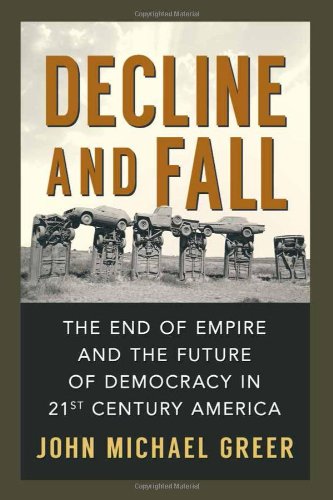Description
Astral High Magic De Imaginibus of Thabit Ibn Qurra John Michael Greer | ||||
 Photo non contractuelle |  | |||
 | ||||
  | ||||
Rajoutez-nous a votre Liste de favoris | ||||
D'autre titre de John Michael Greer | ||||
Astral High Magic De Imaginibus of Thabit Ibn Qurra Thabit Ibn Qurra's De Imaginibus is one of the most important texts on astrological magic, being cited by not only the most famous of texts on the subject, Picatrix, but also by Henry Cornelius Agrippa in his monumental De Occulta Philosophia Libri Tres. Astral High Magic is based on Latin critical edition of Francis Carmody and includes both Latin versions of the text, I and J, as well as Agrippa's paraphrases. De Imaginibus is, in fact, a very short text, with each version being well under the 74 pages of Astral High Magic. It is, however, a very dense treatise on the subject of creating astrological talismans and talismanic statues. It includes nine chapters and an introduction, with each chapter describing the methods used to create various kinds of talismans. At first glance, the talismans in question appear to be for relatively petty purposes such gaining a lover, making money, destroying entire cities; that sort of thing. In truth, ibn Qurra is providing a complete and methodological overview of how talismans should be created according to the dictates of astrology. As I said, the brief text is dense and it is in no way a beginner's textbook. Without a strong comprehension of traditional astrological methods, including the casting and reading of natal, horary and electional charts, De Imaginibus almost completely useless. These techniques are not given by ibn Qurra, it is assumed the reader already knows them. From the perspective of a 9th century CE Sabian intellectual and esotericist, this is entirely reasonable. Anyone capable of reading classical texts in Sabian society should also be familiar with astrology. The same, unfortunately, cannot necessarily be said about today's intellectual elite. The techniques for casting and reading charts are not the only things ibn Qurra leaves out of De Imaginibus. Though he makes constant reference to the creation of images, he gives very few examples of such images. Readers familiar with Picatrix or De Occulta Philosophia know that there are in fact hundreds, if not thousands, of images associated with the stars, planets and zodiac. This is precisely why ibn Qurra leaves them out. Once again, any contemporary reading De Imaginibus would likely already be aware of the proper methods for creating astrological images. Ibn Qurra's concern is not the designing of the images, but the proper timing for creating the talismans proper. For those not as intimately familiar with traditional astrology, it is Christopher Warnock's commentary on the text that makes this book truly useful. Warnock is a well known traditional astrologer and practitioner of pre-Enlightenment astrological magic. Though sometimes lacking in punctuation and perhaps in need of an occasional editor, Warnock's commentary is insightful and extraordinarily useful for understanding the book in its proper context. Though Astral High Magic boasts a steep price for its few pages, it is one of the foundational texts Medieval and Renaissance astrological magic. Further, De Imaginibus is one of the few surviving examples of the complexity of the ancient art, moving far beyond the use of magical hours and days. Any magician interested in this source of traditional magic should be more than happy to have this book on their shelf. | ||||







